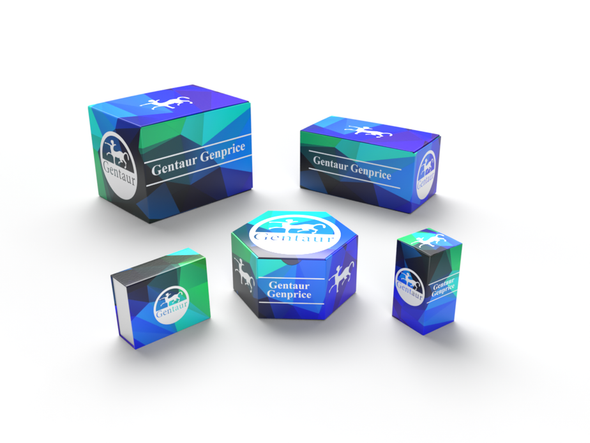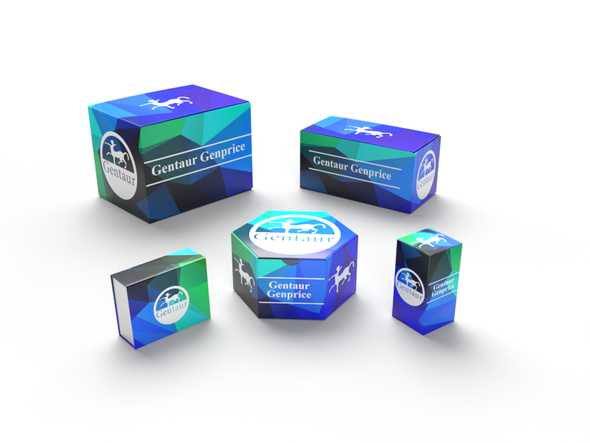BW
Cytokeratin 18 (S48) polyclonal Antibody | BS1833
- SKU:
- BW-BS1833
- Availability:
- Usually ships in 5 working days
Description
Cytokeratin 18 (S48) polyclonal Antibody | BS1833 | Gentaur UK, US & Europe Distribution
Host: Rabbit
Reactivity: Human
Application: WB IHC IF
Application Range: WB: 1:500~1:1000 IHC: 1:50~1:200 IF: 1:50~1:200
Background: Cytokeratin 18 encodes the type I intermediate filament chain keratin 18. Keratin 18, together with its filament partner keratin 8, are perhaps the most commonly found members of the intermediate filament gene family. They are expressed in single layer epithelial tissues of the body. Mutations in this gene have been linked to cryptogenic cirrhosis. Two transcript variants encoding the same protein have been found for this gene.Involved in the uptake of thrombin-antithrombin complexes by hepatic cells By similarity. When phosphorylated, plays a role in filament reorganization. Involved in the delivery of mutated CFTR to the plasma membrane. Together with KRT8, is involved in interleukin-6 (IL-6) -mediated barrier protection.
Storage & Stability: Store at 4°C short term. Aliquot and store at -20°C long term. Avoid freeze-thaw cycles.
Specificity: Cytokeratin 18 (S48) polyclonal Antibody detects endogenous levels of Cytokeratin 18 protein.
Molecular Weight: ~ 46 kDa
Note: For research use only, not for use in diagnostic procedure.
Alternative Names: Keratin, type I cytoskeletal 18; Cell proliferation-inducing gene 46 protein; Cytokeratin-18; Short name=CK-18; Keratin-18; Short name=K18; KRT18; CYK18; PIG46; KRT 18; CK 18; CK18; Keratin 18; Keratin18; CK-18
Immunogen: Synthetic peptide, corresponding to amino acids 21-70 of Human Cytokeratin 18.
Conjugate: Unconjugated
Modification: Unmodification
Purification & Purity: The Antibody was affinity-purified from rabbit antiserum by affinity-chromatography using epitope-specific immunogen and the purity is > 95% (by SDS-PAGE) .
Pathway: Regulation of Actin Dynamics,Tumor Angiogenesis,Contribution of ECM and Cytoskeletal Factors to EMT,G Protein-coupled Receptors Signaling to MAPK Erk,






